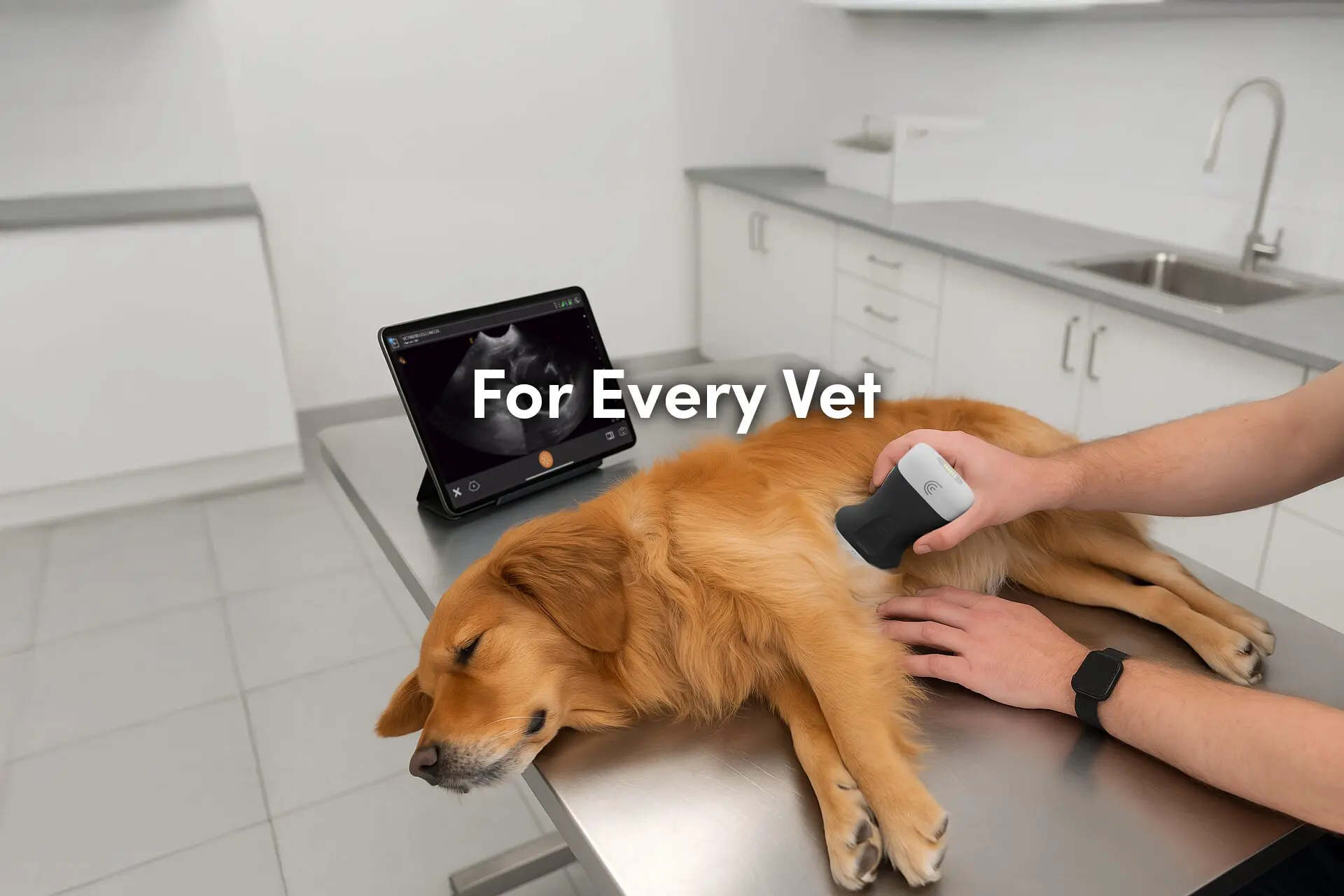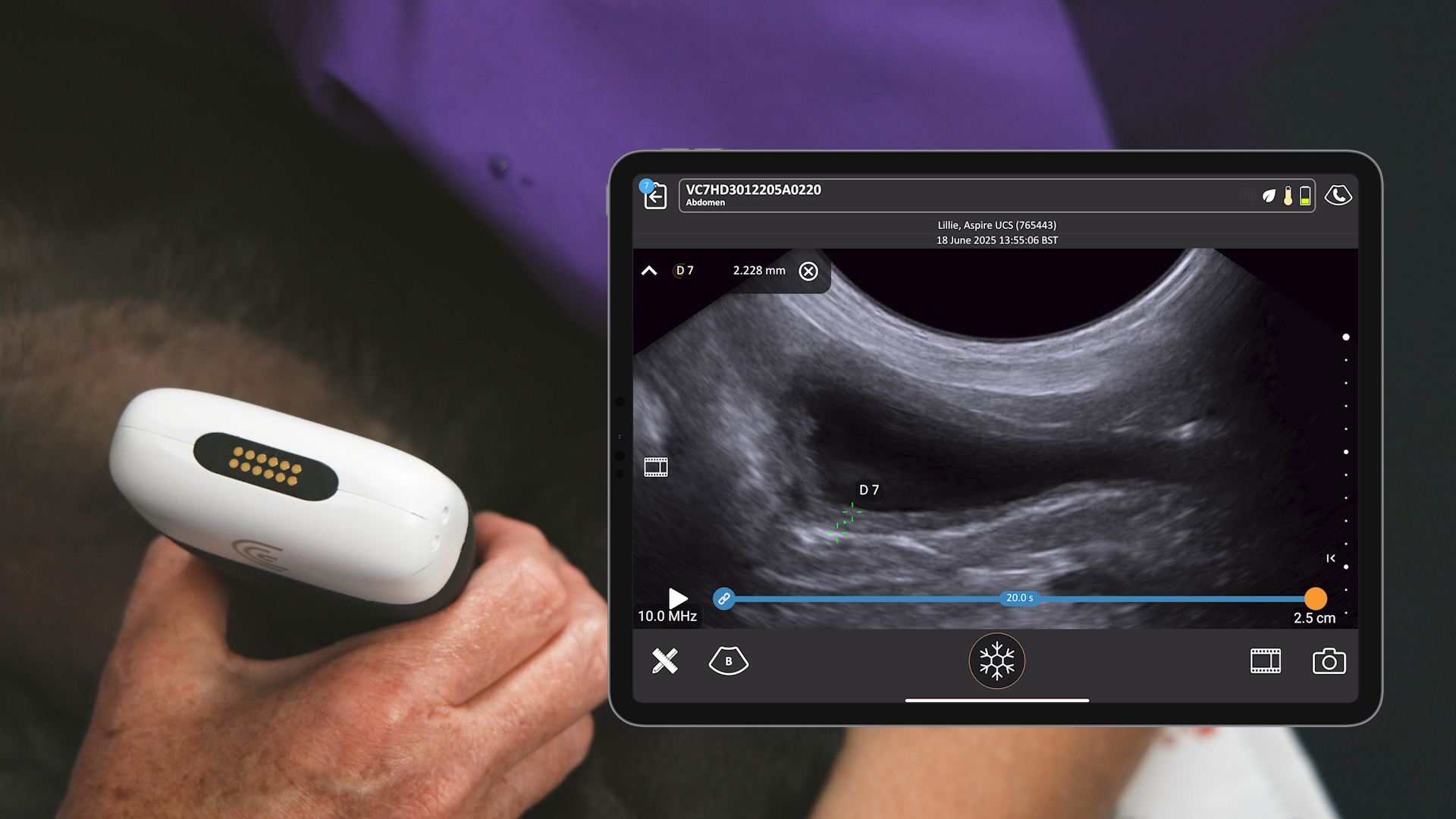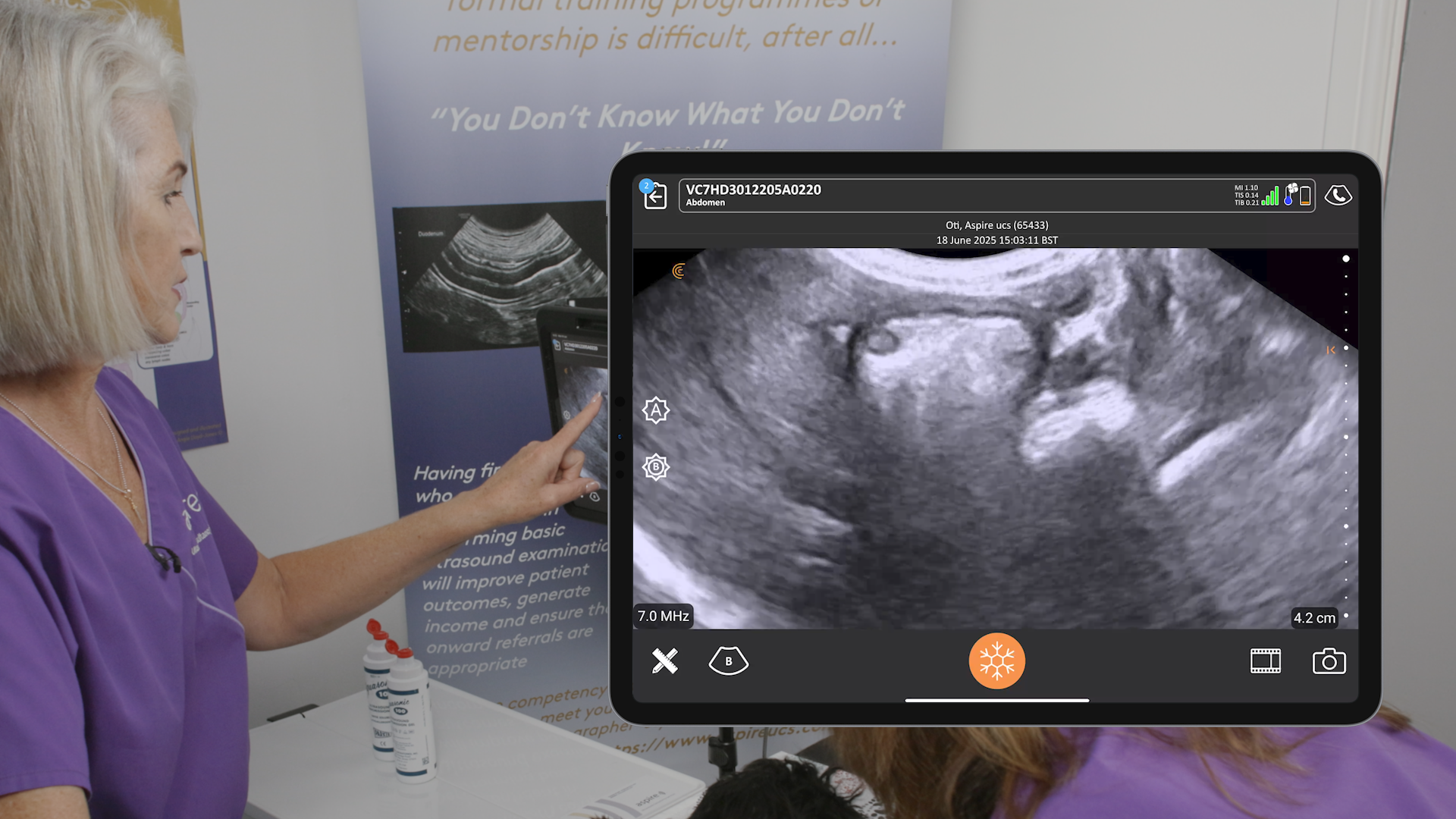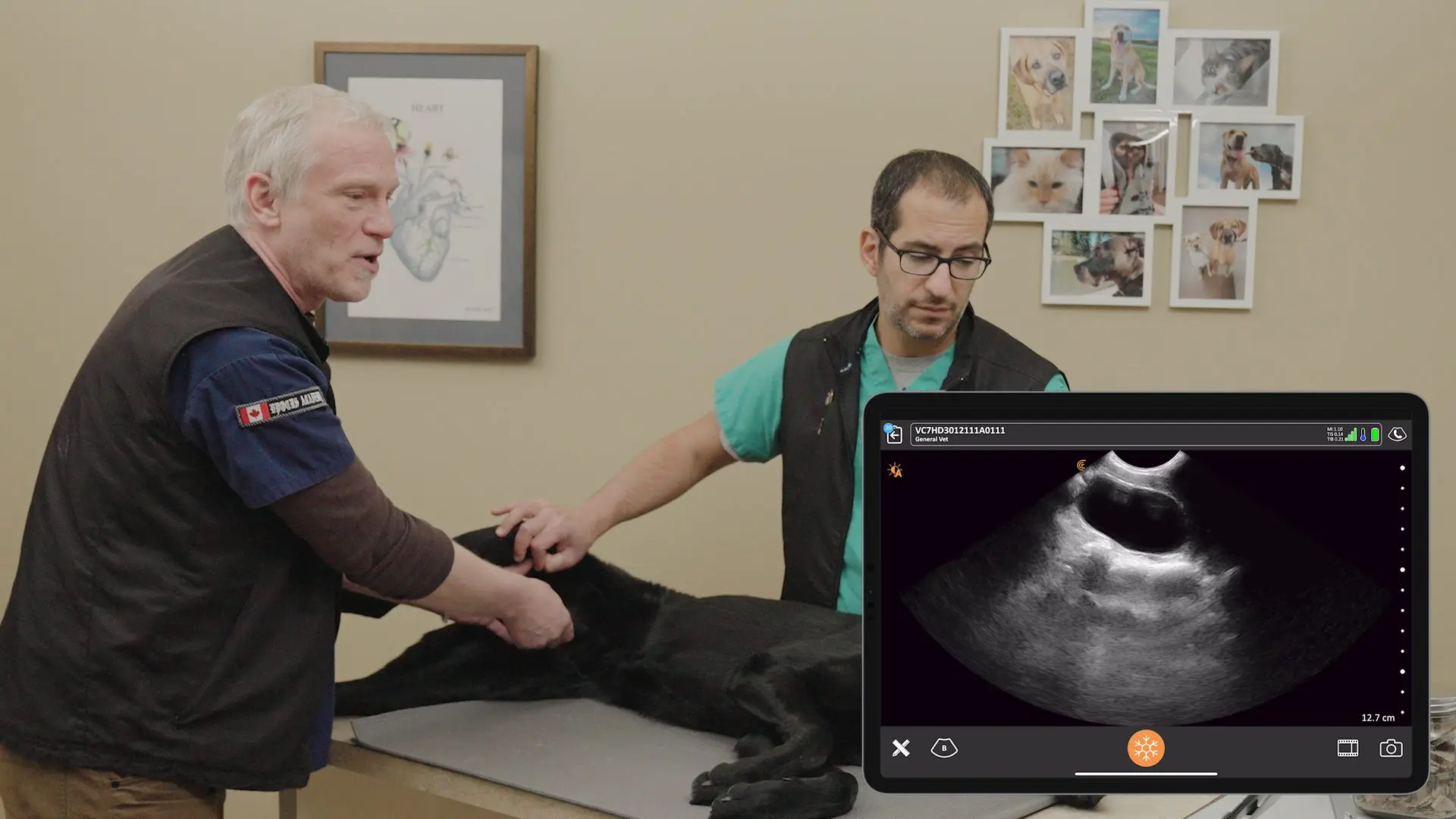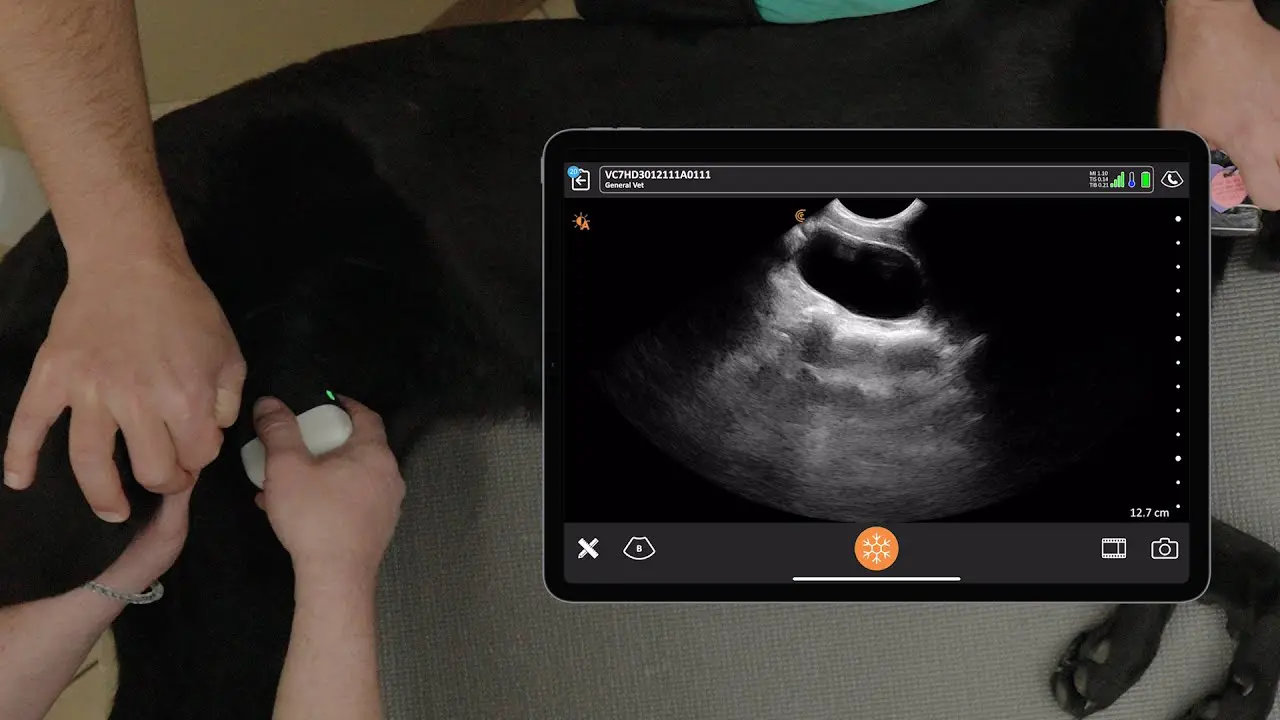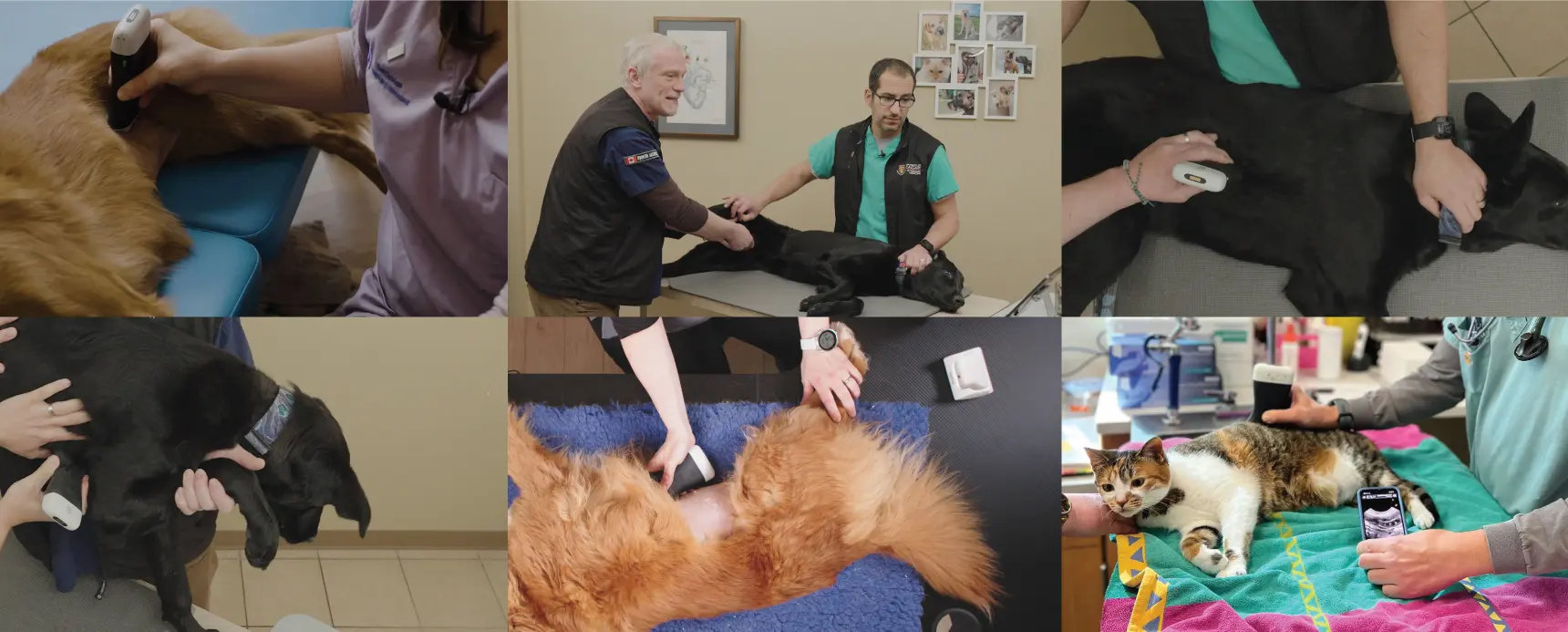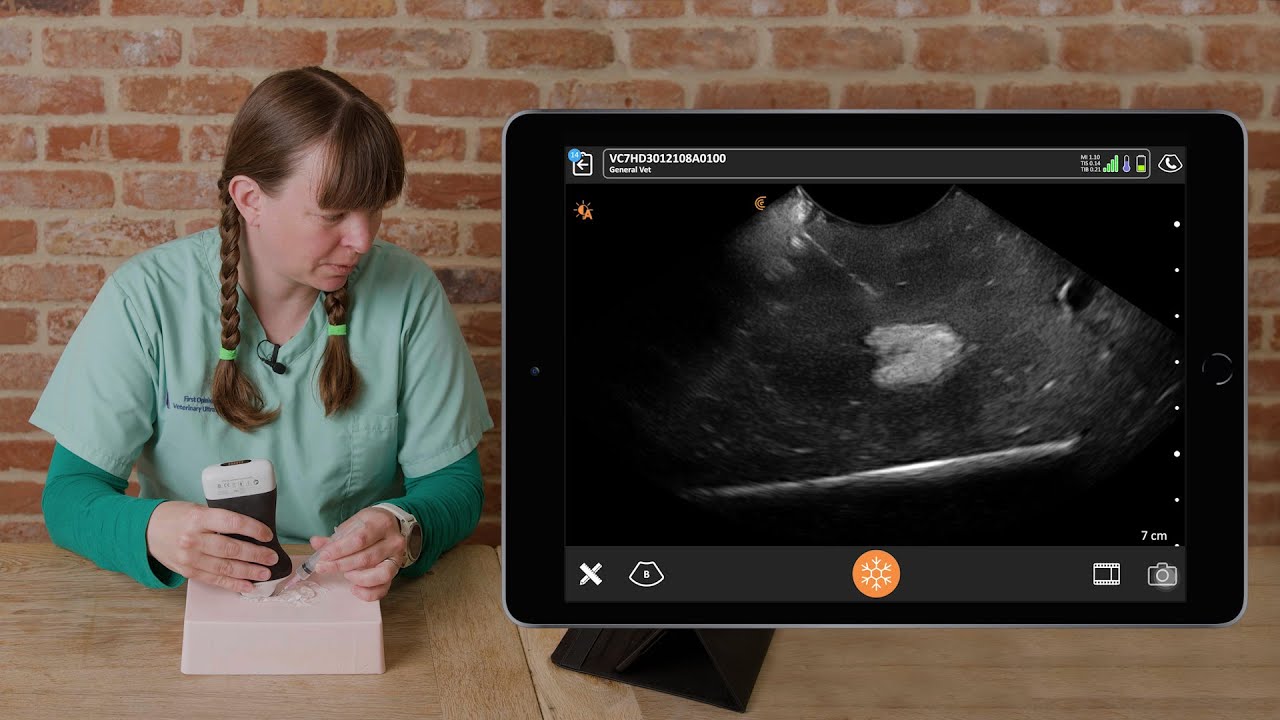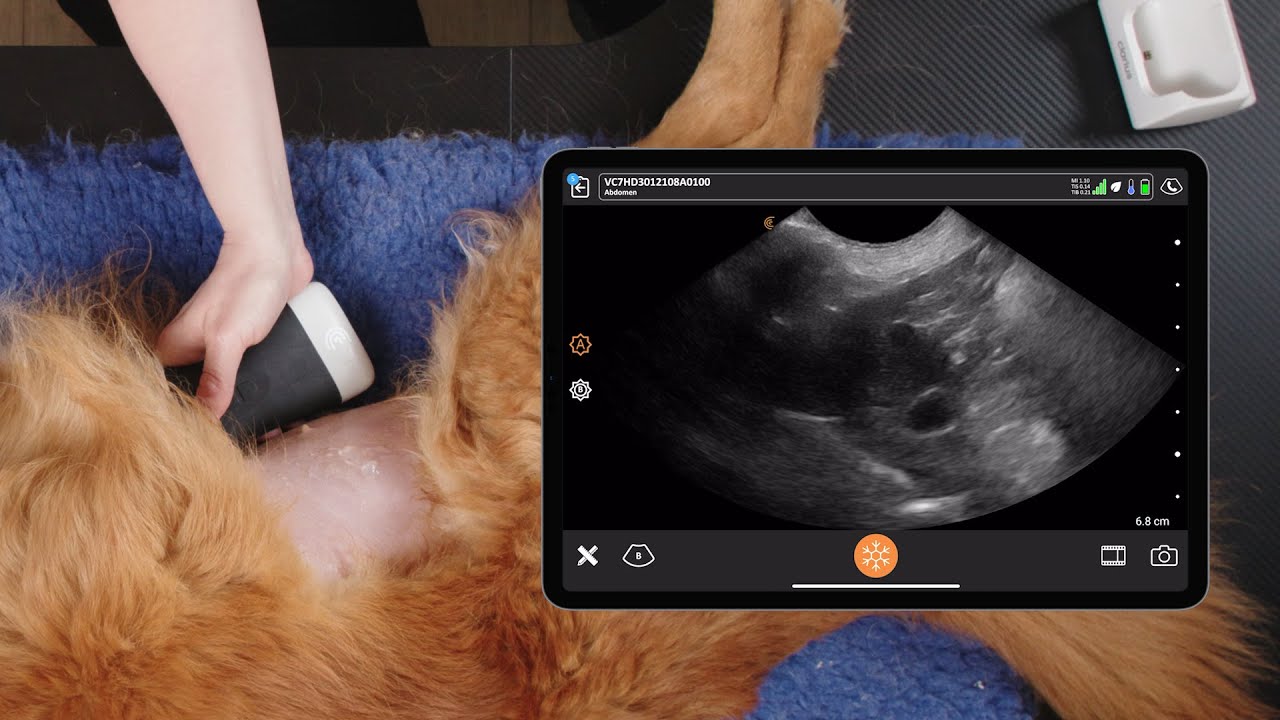During our preparation to launch the new Clarius HD3 wireless ultrasound scanners, we invited our community of expert users and ultrasound educators to test the new systems and provide feedback.
Dr. Camilla Edwards, founder of First Opinion Veterinary Ultrasound, was the first veterinarian to test the third generation Clarius C7 HD Vet. An experienced ultrasonographer who travels to different veterinary practices to perform ultrasound scans, Dr. Camilla is a proficient Clarius user who has used the second generation Clarius HD Vet over the last year.
Watch her video interview and read the following Q&A to learn what she had to say about how the new Clarius system compares and why she believes handheld ultrasound is a gamechanger for veterinary medicine.
Before we talk about Clarius, please tell us about your first experiences with ultrasound.
I was working in emergency and critical care for a long time. And initially, ultrasound was a bit of a scary beast. It was a machine with a lot of buttons that I didn’t understand. But as image quality improved, and I taught myself and went on courses and learned more, I realized how much benefit you could get from an ultrasound machine. Particularly in the emergency and critical care setting, I used it more and more.”
Do you think handheld ultrasound is changing veterinary practice?
I think handheld ultrasound machines are really a game changer for veterinary practice because we can often have patients that come in, particularly in the emergency setting, where we need to take the ultrasound machine to them. And with the large machines, such as the old NHS (human) machines that I see a lot still in practice, it can be really clunky and we need to move the animal to them, and often the ultrasound scan just doesn’t get done then. But the information that you could get from scanning is really key. So, a handheld scanner that you can bring around with you, it can just extend your clinical exam, is a great thing for patients.”
You’ve used the Clarius handheld ultrasound for more than a year. Do you recommend Clarius to colleagues?
I have certainly recommended it to colleagues who are considering a handheld ultrasound machine. The Clarius is the best one that I’ve tried. I think it is fantastic in many settings in veterinary practice and I particularly advocate for it in emergency and critical care hospitals, but also individual vets. It really can become an extension of your clinical examination and as a professional, I think it’s the next step from owning a stethoscope to owning a little portable ultrasound machine for your clinical examinations.
If you are new to ultrasound, it is very easy to get started with because the AI sorts out a lot of the knobs and functions that you would have to learn and adjust manually on another ultrasound machine. You can get up and running with the Clarius much quicker than you could with any other machine.”
How does the new Clarius C7 HD3 Vet compare to the one you’ve been using?
I think the third generation of Clarius HD is great – it’s much smaller than the previous scanners, weighs much less, and is much easier to control. It’s much more practical for carrying in your pocket and using in the practice setting. It’s similar to the size of my phone and getting close to the size of a regular probe.”
What did you think of the image quality of Clarius ultrasound?
The image quality is fantastic for the price. I review a lot of machines, so I’m used to dealing with machines in this price range and the image quality is superb for that price range.
Image quality is really key and important. When we’re thinking about veterinary ultrasonography, there are scenarios where the image quality might not matter so much if we are just trying to pick up fluid for example. But when we’re talking about finding smaller structures, like the adrenal glands, or having a look at the pancreas, then we really need a machine that gives us good image quality, and the Clarius does that.”
Is there an advantage for veterinarians to use a wireless ultrasound system?
Wireless ultrasound is definitely a benefit to vets in practice. Often, I end up tangling the wire that goes with the probe because it gets in the way. It gives me wrist ache because it weighs down on the probe and also animals invariably kick it, and can then pull the probe out from my hand. So wireless is definitely a benefit.”
Any final comments about using Clarius ultrasound?
It’s a lightweight, portable machine that you can hook up to any of the usual devices that you’ve got. It’s wireless, which is a great advantage as we discussed before. I’ve really enjoyed using the Cloud aspect of the Clarius as well. I teach a lot of people ultrasonography, a lot of vets, and a lot of my students are able to easily send me images for review through the Cloud system. And I can pick that up on any computer that I want to.”
If you’d like to see Dr. Camilla Edwards in action, watch her series of short instructional videos for new users using the Clarius C7 HD3 Vet.
Learn more about the new Clarius HD3 Vet
To learn how easy and affordable it is to add Clarius handheld ultrasound to your veterinary practice, visit our Clarius veterinary ultrasound page for product details and applications. Or contact us today to discuss which scanner is right for your veterinarian practice.
